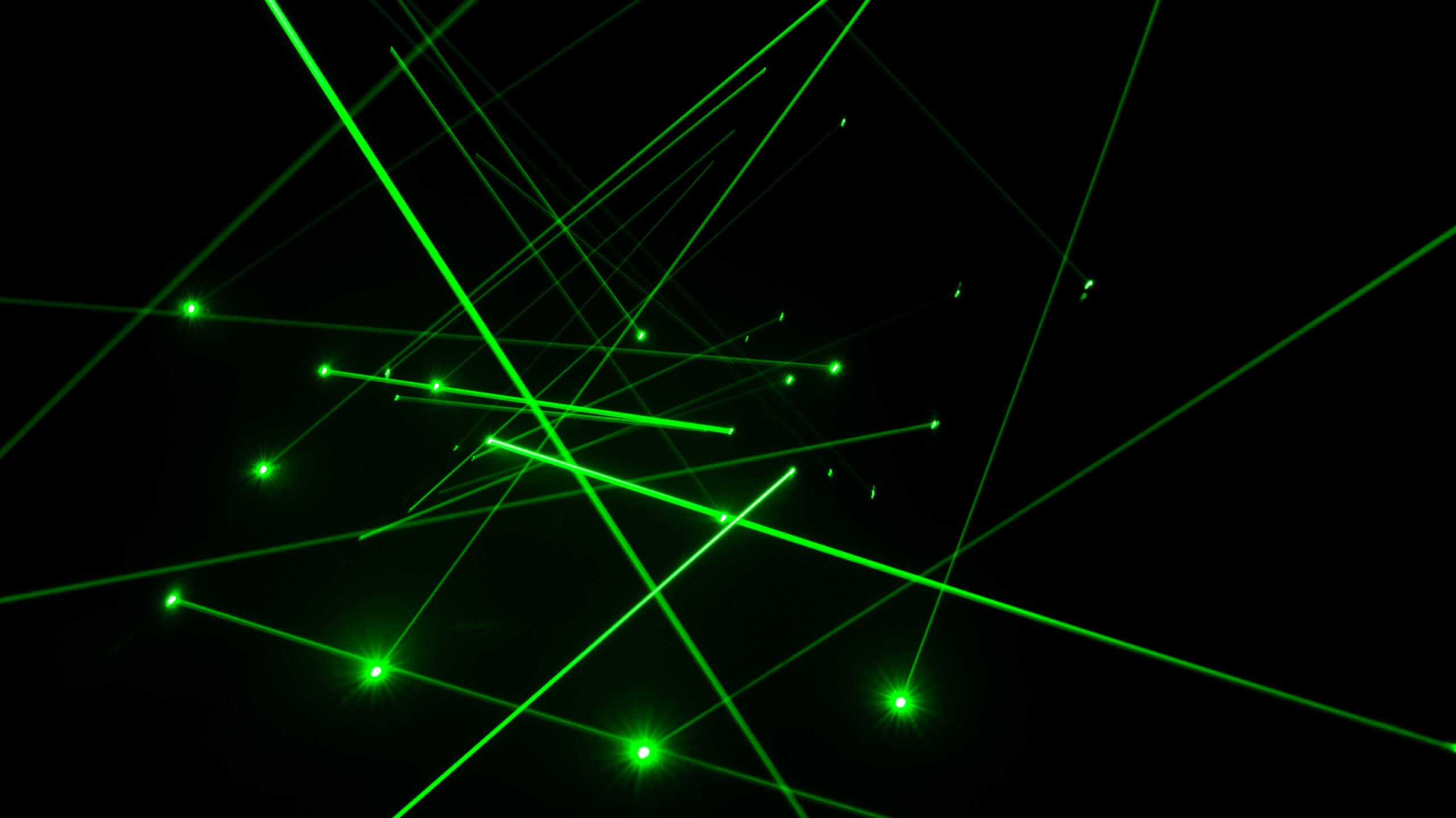In brief: Researchers at the John A Paulson School of Engineering and Applied Sciences at Harvard have become the first to use a laser as a radio frequency transmitter. The team's first broadcast was Dean Martin's "Volare."
A paper published in the Proceedings of the National Academy of Sciences titled, "Radio frequency transmitter based on a laser frequency comb" outlines how engineers were able to use a laser to modulate and transmit microwaves wirelessly and receive radio frequency signals.
"The research opens the door to new types of hybrid electronic-photonic devices and is the first step toward ultra-high-speed Wi-Fi," said senior author Federico Capasso.
The breakthrough came from research conducted in Capasso's lab in 2017. The engineers discovered that terahertz frequencies could be generated using an infrared frequency comb within a quantum cascade laser. They found the ultra-short wavelengths could move data "hundreds of times faster" than contemporary wireless.
Then in 2018, the team found that quantum cascade laser frequency combs could also be used to encode, transmit and receive data.
"Now, the researchers have figured out a way to extract and transmit wireless signals from laser frequency combs," Harvard notes.
"These results pave the way for applications and functionality in optical frequency combs, such as wireless radio communication and wireless synchronization to a reference source."
Conventional lasers only emit one frequency. Conversely, laser frequency combs are capable of emitting several frequencies all at once, which are evenly spaced like the teeth of a comb. It is these different frequencies beating together that emit the microwave radiation, which lies in our communication spectrum.
Up until this year, their work was mostly theoretical. It only became practical once they figured out how to build a device to transmit and receive information.
"If you want to use this device for Wi-Fi, you need to be able to put useful information in the microwave signals and extract that information from the device," said co-author of the research Marco Piccardo.
Oversimplified, they created a dipole antenna on the laser configuration, used the frequency comb to modulate the information and transmit it in all directions as microwaves, and then received it using a horn antenna filtering it to a computer.
They also showed that the device could receive radio signals sent. The team could control the laser remotely from another radio transmitter.
"This all-in-one, integrated device, holds great promise for wireless communication," said Piccardo. "While the dream of terahertz wireless communication is still a ways away, this research provides a clear roadmap showing how to get there."
The device is patent pending, and the Harvard Office of Technology Development is exploring avenues for commercialization.
